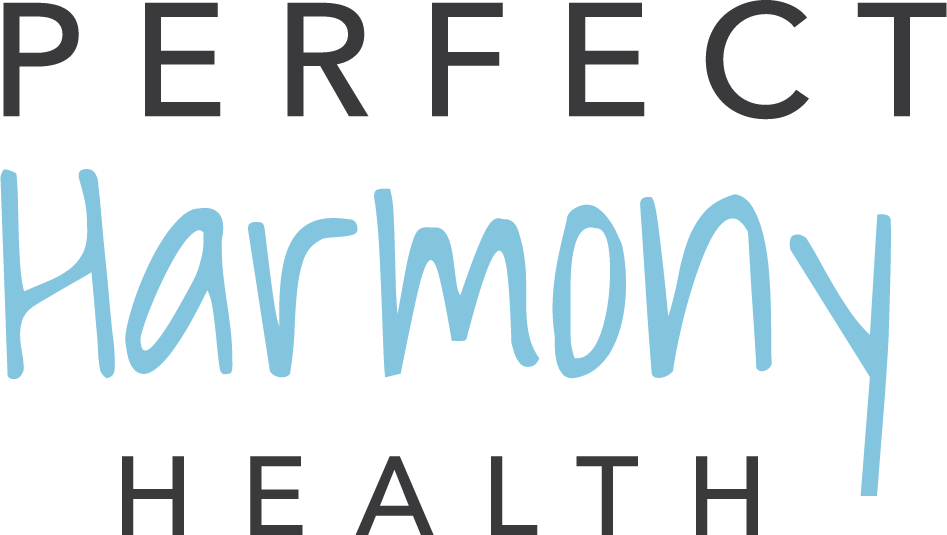Music Therapy & IEPs
Music plays a significant role in our lives, especially when it comes to learning. Whether you sang your ABC’s, about your multiplication, or even the rules of grammar, we are all familiar with using music in education. While the catchy tunes our teachers played for us did help with the acquisition of knowledge, there is an even bigger role music can have in the education system.
Music Therapy in Education
Music therapists often work in school systems, where they can provide both group and individual services to address different goals such as:
Cognition/academic skills
Communication skills
Fine and gross motor skills
Social skills
Emotional regulation
Confidence and independence
Music therapists working with groups of students in classroom settings can focus on broader, generalized goals such as turn-taking, cooperation, and other social behavior. In one-on-one settings, music therapy goals for students are more specialized to suit the specific needs of the student. Music therapists who work in school systems often provide services in special education and the goals addressed in these scenarios directly support the student’s individualized education plan, or IEP.
What is an IEP?
According to the Individuals with Disabilities Education Act (IDEA) an IEP, “describes the special instructions or services that a student needs in order to access the curriculum” (Meyer, 2018). IEP’s ensure that students receive accommodations for the school’s curriculum, or other adaptations within the classroom/school that help make their educational experience accessible to them. Some of the federally recognized diagnoses that can receive support via IEP include:
Autism Spectrum Disorder (ASD)
Speech or language impairment
Intellectual disability
Specific learning disability
Multiple disabilities
Traumatic Brain Injury (TBI)
An IEP committee utilizes school test scores, teacher and parent observations to evaluate what needs should be addressed in their IEP. This evaluation determines what is most appropriate to promote the child’s academic success.
IEP’s and Neurologic Music Therapy (NMT)®
The need areas addressed in an IEP are areas where Neurologic Music Therapy (NMT)® can be supportive as well. For example, if a child needed support with speech and had difficulty with certain letter sounds, they could work on singing songs that isolate the production of those sounds. The rhythmic timing and predictability of music is especially useful in helping with the planning and coordination needed to produce speech sounds. The therapist could address the production of the challenging sounds utilizing the repetition and rhythmic structure of the music, and gradually work towards fading them out so that the child can do so as independently as possible.
There are a few different ways children receive support to make their educational experience the most accessible to them, in varying degrees, based on the needs of the child as specified in their IEP. Music therapy is an important resource provided for many children, and can not only help support their classroom learning, but also for their motor, social, emotional, and communication skills - which are needed in and outside of the classroom.
References
Alvarez, A., Bishton, S., & Vieira, C. (2023 September 28). Music Therapy in Special Education. https://musicworxinc.com/2023/09/28/music-therapy-in-special-education/
Meyer, Ricki. (2018, December 11). What is the Difference Between an IEP and a 504 Plan? https://exceptionallives.org/blog/difference-between-iep-and-504-plan/?gad_source=1&gclid=Cj0KCQiA5rGuBhCnARIsAN11vgRCyov6hsSnCXGE5vXJaM7JM9Iv4Emnbs9N4jj6EkLBwl5hmQv5MVwaAvxMEALw_wcB
U.S. Department of Education. (2019, August 30). https://www2.ed.gov/parents/needs/speced/iepguide/index.html#contents

